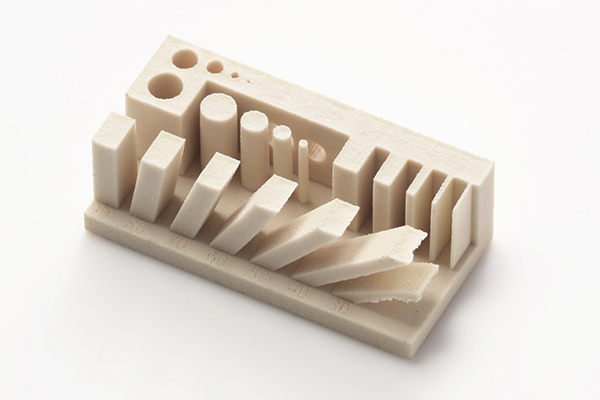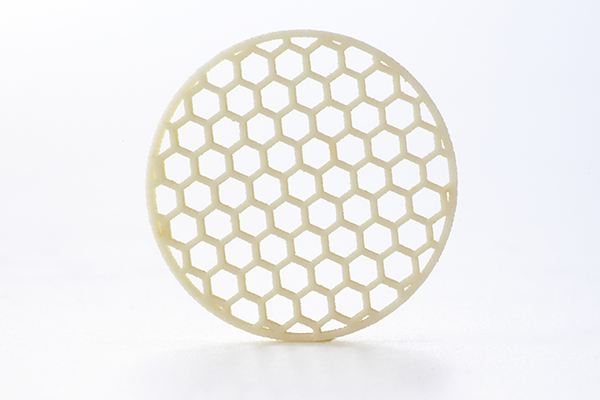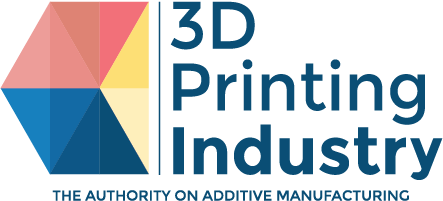After flirting with the concept for some time, Japanese multinational camera and digital printing specialist Canon has announced the development of a ceramic 3D printing technology.
Yet to be introduced as a machine, Canon’s latest technology is demonstrated through the presentation of a range of proprietary materials, made to be used with selective laser melting (SLM).
As stated in the official press release on the material, “Canon Group companies, including Canon Inc. and Canon Machinery, are investigating applications for this technology in the prototyping of parts for industrial equipment,”
“Going forward, Canon plans to expand the use of this technology to such areas as the medical field through the development of more compatible materials to meet an even wider range of prototyping and wide-variety, small-lot needs.”

Canon, 3D Systems and 3D printing
For over four years Canon has been an official reseller of 3D Systems machines throughout Europe. Around the same time as this partnership was inked, the company also seemingly tested-the-waters for its customer’s demand of the technology by introducing a 3D printer concept at the 2015 Canon EXPO in Paris. Tipped to work with a “general-purpose resin” at “high-precision” and “high-speed,” this system, for now at least, has only materialized as a mock-up machine with a few inset test prints (see video below).
High resolution ceramic fabrication
The company’s latest developments in 3D printed ceramic materials comes straight from Canon HQ in Tokyo.
Made to match the properties of conventional ceramics, e.g. heat and corrosion resistance, high insulation, Canon compares its material’s properties to those achieved through injection molding. It also tackles challenges related to the shrinkage of typical ceramic materials that occurs in the post annealing/baking process.
As the company accurately points out “many existing ceramic materials for 3D printers contain resin and the parts produced using these materials can shrink approximately 20 percent during the post-annealing process.” Canon’s ceramic material by comparison is capable of achieving a minimal shrinkage of less than 0.8%, demonstrated by a circular honeycomb sample with a diameter of approximately 19 mm.

The ceramic is alumina-based, produced in powdered form and, in addition to SLM, is compatible with, a presently mysterious, “new parts production technology.”
Elsewhere, XJET has brought advanced ceramic 3D printing to the market with Nano Particle Jetting, a method that allows incredibly fine resolutions to be reached.
Stay updated with the latest 3D printing material news from by subscribing to our 3D printing newsletter. You can also follow us on Twitter and Facebook. Visit our 3D Printing Jobs site to pursue your next career move.
Featured image shows a selection of Canon 3D printed ceramics. Photo via Canon Inc.



